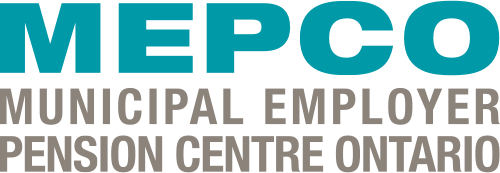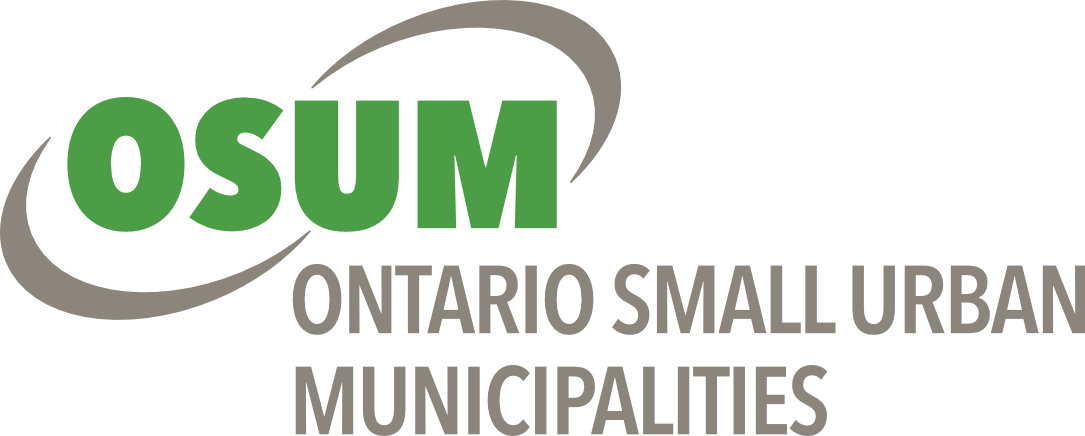ROMA Insider - November 2020

Inside this issue:
- 2021 ROMA Conference: Connecting Rural Ontario
- A path to better connectivity: ROMA launches municipal broadband resources
- Community paramedicine shines during COVID
2021 ROMA Conference: Connecting Rural Ontario
Rural municipal governments face a host of shared challenges and priorities. The 2021 annual ROMA Conference will provide insights and ideas on many of them. During a time when we can’t come together physically, connecting with experts, colleagues and the province is invaluable and inspiring.
Concurrent sessions for the virtual conference from January 25 -26 will dive into:
- Actions to mitigate flooding
- Broadband – including both policy and solutions
- Full producer responsibility of the Blue Box
- Governing new OPP detachments boards
- Community paramedicine
- Seniors services & aging in rural communities
- Rural digital transformation
- Implicit bias
Early bird registration ends December 31, 2020. Note that registration for delegation meetings with the Province closes November 30. Don’t miss your chance to advocate for your local priorities.
A path to better connectivity: ROMA launches municipal broadband resources
Rural municipal leaders know all too well the need for better broadband and cellular connectivity. But understanding what role municipal governments can play to support better broadband is a challenge. The telecom landscape is complex and so is the technology. It can be hard to know where to start.
To help municipal leaders get on the learning curve and carve a path forward, ROMA has created two comprehensive guides tailored specifically for Ontario’s rural municipalities. The Municipal Primer gives an overview of the broadband landscape, including Canada’s regulatory framework. The Municipal Roadmap, then lays out components of a municipal connectivity plan that municipal councils and staff can implement to create local solutions. Municipal governments have been key drivers on many regional and local broadband projects. These can take many different shapes to meet community needs.
The documents reflect extensive research and the input of leaders across Ontario who have been working in this area. Municipal input was broad, including the wardens’ caucuses, municipal associations and broadband projects such as the Eastern Ontario Regional Network (EORN), Southwestern Integrated Fibre Technology (SWIFT) and Blue Sky Net, among others. The resources also reflect insights from leading researchers at the University of Guelph and Ryerson University who specialize in rural broadband.
Community paramedicine shines during COVID
Even before COVID-19, community paramedicine was gaining importance. The pandemic has further underscored that paramedic skills and mobility can help fill gaps in the health care system at the community and home care level.
The ROMA Board learned about one such example at their recent board meeting. Renfrew County’s Virtual Triage Assessment Centre (RC VTAC) links rural residents who do not have a family doctor with medical care. Via phone and online chat, patients are connected to a primary care physician, while community paramedics conduct in-person diagnostics and monitoring to inform care. The program has been impressive, completing more than 13,000 virtual physician assessments, 4,300 in-home paramedic visits and more than 25,000 COVID tests from the launch in March through the end of October. It has helped relieve pressure on emergency departments, provided more timely and accessible care, and supported mobile COVID testing.
The Ontario Government has also recently announced pilot project funding for five communities to use community paramedics to support those who are on the waiting list for long-term care. Brant County, Cochrane District Social Services Administration Board, the City of Ottawa, Renfrew County, and York Region will build upon their existing community paramedicine programs to provide services.
Many of Ontario’s 52 municipal paramedic services have embraced community paramedicine, with a variety of different approaches to meet local health needs. For AMO and ROMA, full provincial funding is an essential component for community paramedicine. The programs are delivering primary health care, which is a provincial responsibility. After years of piloting programs, it is time for a provincial framework that sets out the parameters for evaluating, providing medical oversight, and funding community paramedicine on a permanent and reliable basis.






